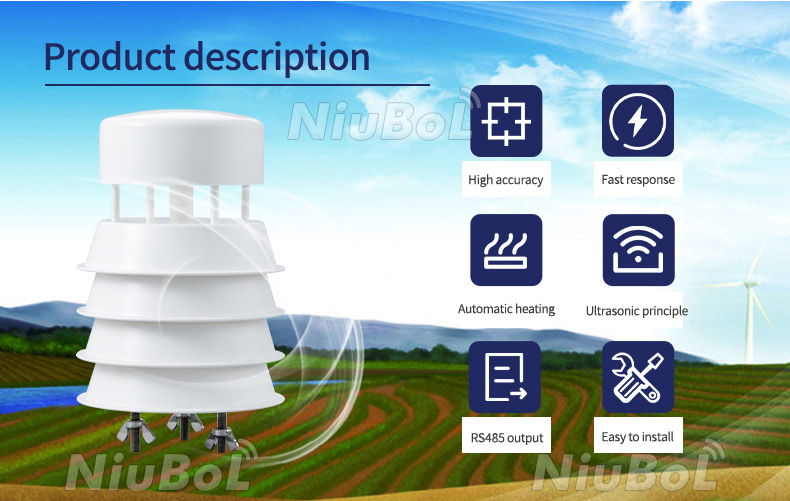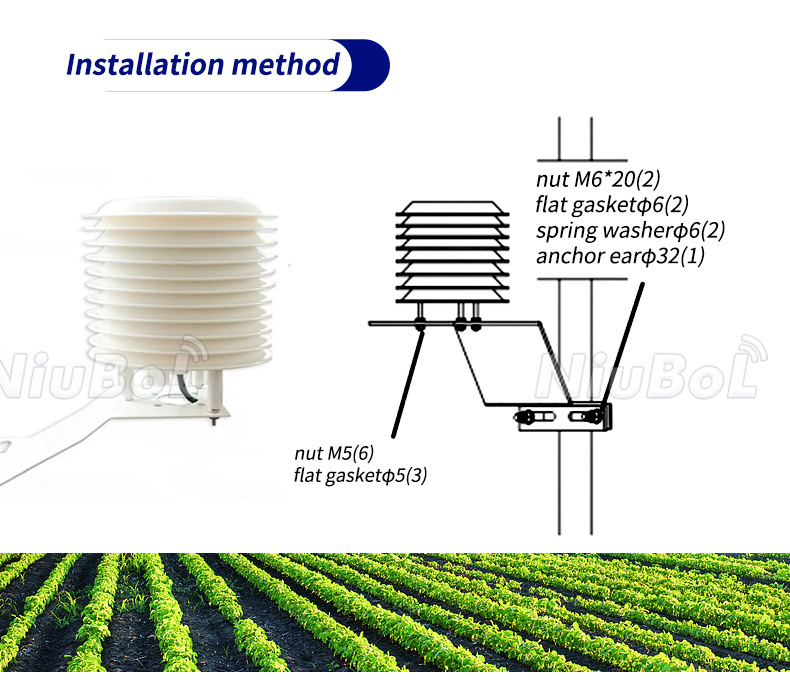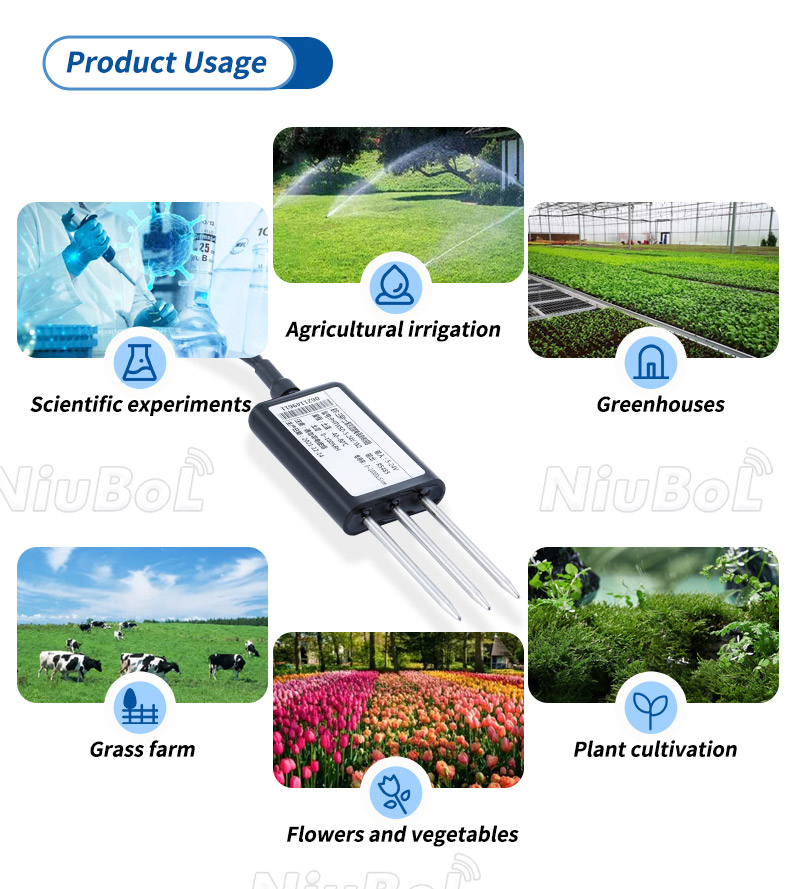

— Blogs —
—Products—
 Consumer hotline +8618073152920
Consumer hotline +8618073152920 WhatsApp:+8615367865107
Address:Room 102, District D, Houhu Industrial Park, Yuelu District, Changsha City, Hunan Province, China
Product knowledge
Time:2022-05-23 20:17:14 Popularity:799
Application of agricultural IOT sensors in greenhouses
At present, the most commonly used in greenhouse are temperature and humidity sensors, carbon dioxide sensors, light level sensors, soil nutrient sensors, etc.

With the development of modern technology, agricultural farming is becoming easier. Nowadays, agricultural irrigation and fertilization can be done easily with the help of cell phones and computers.

Application of agricultural IOT sensors in greenhouse:
Growers check the growth of vegetables in the greenhouse on their cell phones. In this greenhouse, temperature and humidity sensors, carbon dioxide sensors, and soil moisture sensors are installed to collect the environmental conditions of the greenhouse. The collected data will be compared with the crop suitable conditions, and then it can be adjusted by the control system. In addition to manual operation, parameters can be set to the point that when the indoor temperature is too high, the roller shutter can be automatically opened for cooling.

Carbon dioxide is a necessary condition for crop production, and a reasonable concentration of carbon dioxide facilitates photosynthesis of crops. In the greenhouse, carbon dioxide concentration is collected by carbon dioxide sensors, and the control system replenishes and discharges carbon dioxide in a timely manner, so that the crops can reach the optimum concentration.

Greenhouse temperature sensor
The change of temperature directly affects the respiration, transpiration and other physiological effects of plants. It is understood that plants in general grow faster with rising temperature in the temperature range of 0 to 35 degrees Celsius, and slow down with lower temperature. Traditional crop production relies entirely on sunlight and is greatly influenced by the weather.
In today's greenhouses, many growers use light level sensors to detect and control light intensity. Artificial light sources are supplemented by plant fill lights so that all crops can receive appropriate light.
In addition, in order to do a good job of monitoring the growth of crops, agricultural high-tech enterprises, but also developed fruit expansion sensors, crop stalk micro-change sensors, leaf temperature sensors, etc., so that crop cultivation becomes more accurate and efficient.
The development of intelligent agricultural technology has enabled farmers to gradually get rid of relying on nature and being constrained by nature's influence.
Prev:IoT-based soil monitoring system
Next:Soil multi-parameter meter for soil environment measurement
Related recommendations
Sensors & Weather Stations Catalog
Agriculture Sensors and Weather Stations Catalog-NiuBoL.pdf
Weather Stations Catalog-NiuBoL.pdf
Related products
 Combined air temperature and relative humidity sensor
Combined air temperature and relative humidity sensor Soil Moisture Temperature sensor for irrigation
Soil Moisture Temperature sensor for irrigation Soil pH sensor RS485 soil Testing instrument soil ph meter for agriculture
Soil pH sensor RS485 soil Testing instrument soil ph meter for agriculture Wind Speed sensor Output Modbus/RS485/Analog/0-5V/4-20mA
Wind Speed sensor Output Modbus/RS485/Analog/0-5V/4-20mA Tipping bucket rain gauge for weather monitoring auto rainfall sensor RS485/Outdoor/stainless steel
Tipping bucket rain gauge for weather monitoring auto rainfall sensor RS485/Outdoor/stainless steel Pyranometer Solar Radiation Sensor 4-20mA/RS485
Pyranometer Solar Radiation Sensor 4-20mA/RS485
Screenshot, WhatsApp to identify the QR code
WhatsApp number:+8615367865107
(Click on WhatsApp to copy and add friends)